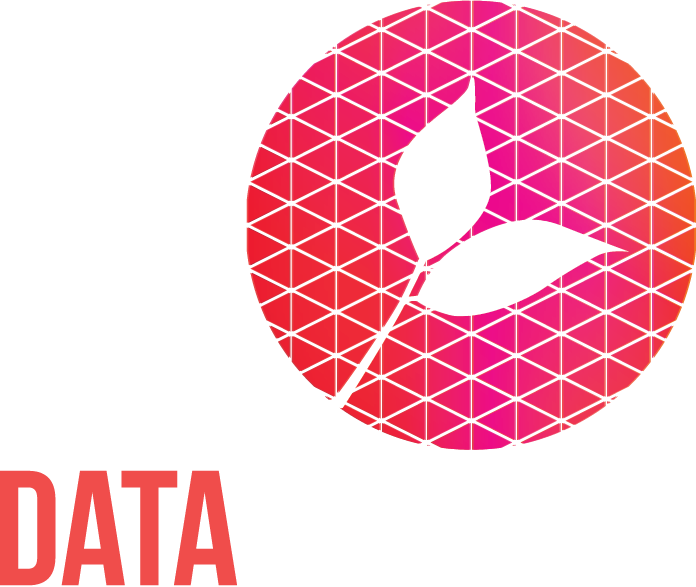Is your organisation making beautiful music with its data?
Sian Basker, Co-Chief Executive
When I was 14 years old, my school trialed the first O-level in Music. (For younger/overseas audiences, O-levels were an ancient version of the current GCSE exams the UK ritually tortures teenage children with before they leave school.)
Of the 1,500 or so children in my Essex comprehensive, 9 of us opted to take this new Music O-level. For some, including me, that this meant getting out of Religious Education and Careers classes was a major incentive.
Expanding horizons
As it turned out, the experience was, if not life-changing, certainly mind/horizon expanding. We learned to listen, to listen deeply, to explore the rich layers and textures of classical music, to ‘hear’ the different instruments and recurring themes. Certainly, as someone who loved maths I found the exploration of musical patterns and key changes a joy. In the context of 1980s pop it was a whole new dimension.
The contrast is beautifully illustrated in these data visualisations by Martin Wattenberg’s ‘Shape of Song’ project.
Data visualisation of Vivaldi’s Four Seasons - Autumn
Data visualisation of Talking heads, As she was
Music as a metaphor for data
Much of my career has been about digital tech and data. For the last 10 years my organisation, Data Orchard, has been striving to help nonprofit organisations get better with data. Amidst all the complexity I’ve been trying to find a useful metaphor to explain what great organisations look like when it comes to data maturity. I’ve decided perhaps the best analogy is an orchestra.
The data is the sheet music. The digital tools are your instruments. The audience are your service users/customers/beneficiaries. Your team are your musicians: the strings are your frontline services; the percussionists are finance - with the occasional ominous booming!; the brass section marketing and comms (apparently always first down the pub after a gig!); woodwind are HR. The IT department is busy making sure all the musicians have instruments that work and are well maintained, and that they’re all tuned up properly.
The leadership decides what you’re going to play and how you’re going to play it. They write the musical score, arrange the parts, decide which key you’re playing in and what the time signature is. The research and evaluation team are mingling in the audience and watching how they react to the frontline staff and musical experience. Their job is to find out what the audience needs to hear and why and how the experience changes their lives.
And then there’s the conductor, your ‘Head of Data’, who works to bring out the best in the musicians and get everyone playing together. They focus on the fine tuning (ensuring data standards) so everyone’s tuned up and playing in the right key and keeping the beat in time.
The sum is greater than its parts
When you’re REALLY good, you’ll know when you’re making beautiful music together. It will truly feel like ‘the sum is greater than its parts’.
Royal Albert Hall during the 2017 BBC Proms, Ed g2s, CC BY-SA 4.0, via Wikimedia Commons
My first experience of this was during a school trip with my O-Level music class. We took a 60 mile trip to London’s Royal Albert Hall to see an orchestra perform Beethoven’s Symphony No 9. Alongside the orchestra of over 100 musicians was a choir that were tiered five levels high to the roof. The sound experience was a rare, extraordinary, and precious joy.
When I come across organisations that are really excelling with data I experience it as them playing incredible music. It’s not about the data, it’s about the people, their collective team effort, their diverse skills, and their experience coming together for a purpose. When they’re really well practised, tight, and accustomed to listening in to each other, they’re the equivalent of a really data mature organisation.
The many, many, small and tiny organisations (bands)
Most organisations in the world are small. 99.9% of businesses are small or micro businesses. 95% of nonprofits are small or micro charities or social enterprises.
So, to continue the music metaphor, they operate more like string sextets or quartets.
Their people have to be multi-instrumentalists, composers, conductors and performers all in one.
And the tiny micro organisation?
They’re one-person bands!
Leaders responsible for running the show
If you’re a leader responsible for ‘running the show’ – the music, instruments, musicians, and audience (or the data, tools, and staff), and are wondering how you can add ‘data’ as a new string to your leadership bow, you might be interested in our short course Data for Nonprofit Leaders. It’s aimed at helping CEOs, board members and senior leaders in charities, social enterprises and other nonprofits. Check out our events for course previews and bookings.
Musical Communities and Folk Clubs
Data Orchard runs a Datafolk Club for data people in the nonprofit sector. Do come along to our free lunchtime events on the second Thursday of each month. You can just hang out and jam, maybe riff a bit, improvise, show off a few tricks and tips, maybe even go a bit ‘jazz’.
Music shows us that together we are stronger. I’ve sung in a community choir in the Welsh/English borders for over 20 years now. The shared knowledge and experience, like our repertoire, is vast and ever changing as new members join and we learn new material. Our collective joy in creating something greater than our separate parts is like nourishment for the soul.
Acknowledgements
I’d like to acknowledge the brilliant Stefanie Posavec whose online course in ‘Analogue Data Visualisation for Story Telling’ helped inspire my own creativity to (finally) write this blog. She also pointed me to Martin Wattenberg who kindly agreed to let me use his ‘Shape of Song’ material in this blog. My thanks too, to Tim Parry, Deputy Editor at Gramophone Magazine for his in-depth knowledge of classical music and orchestral behaviour.






